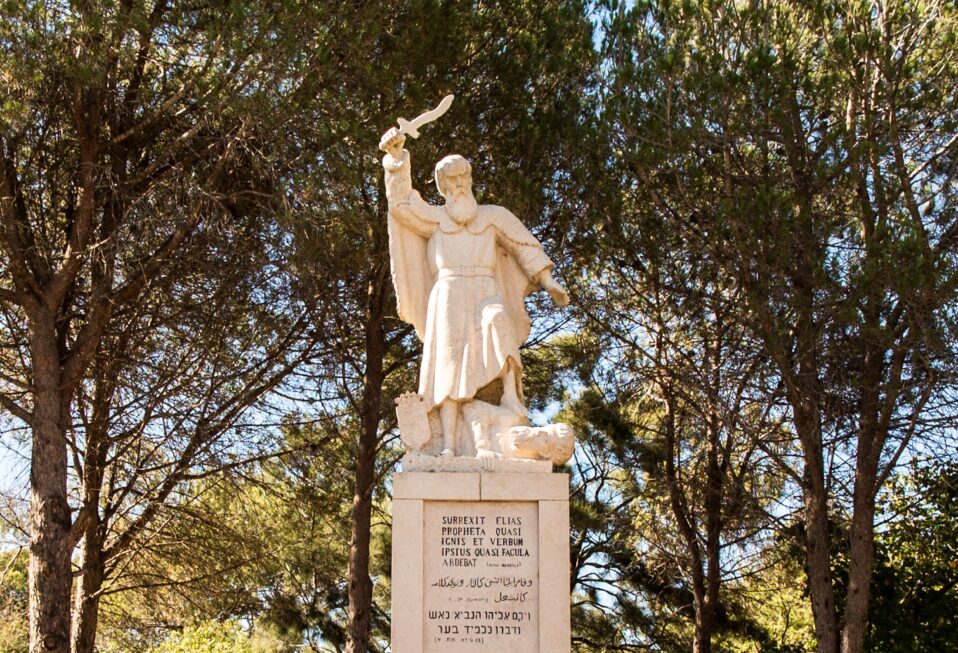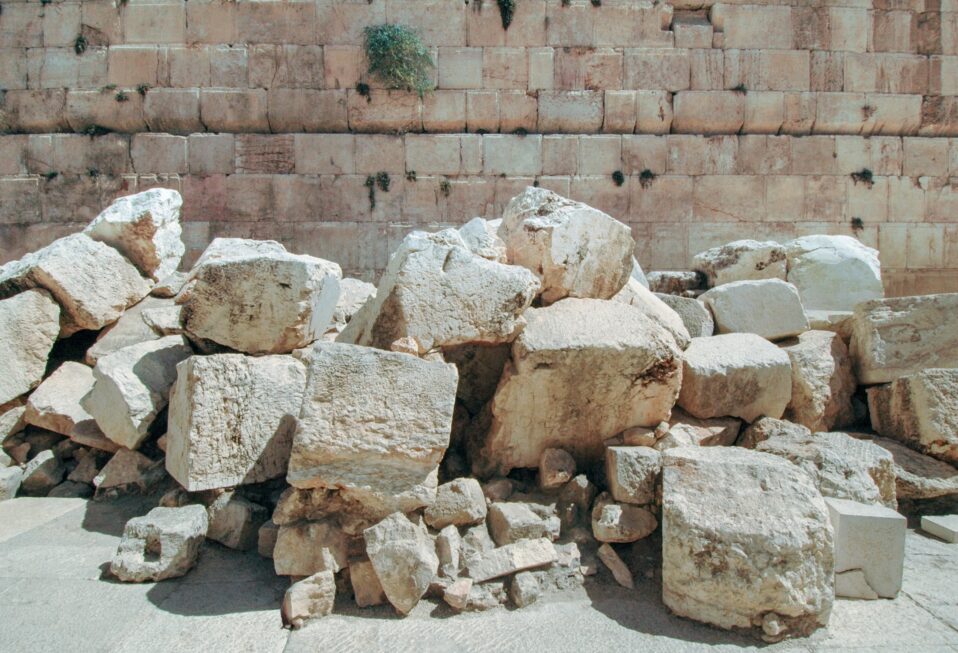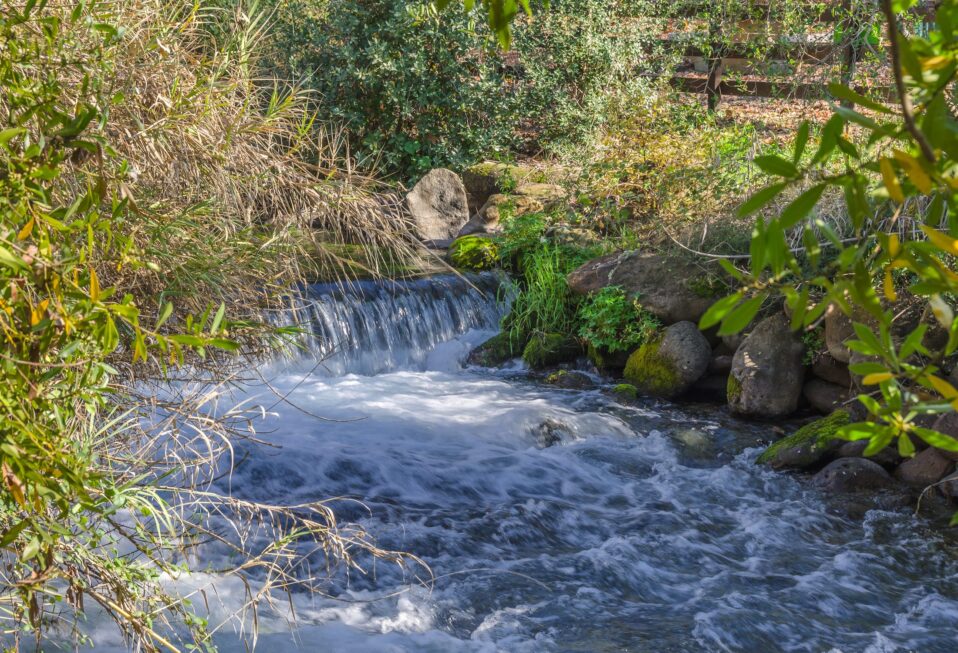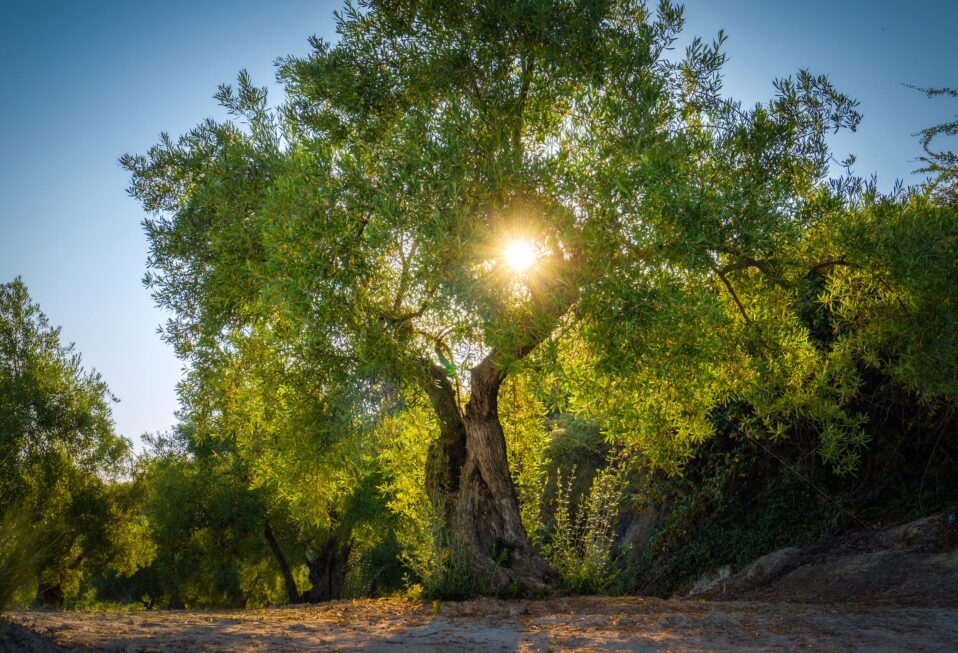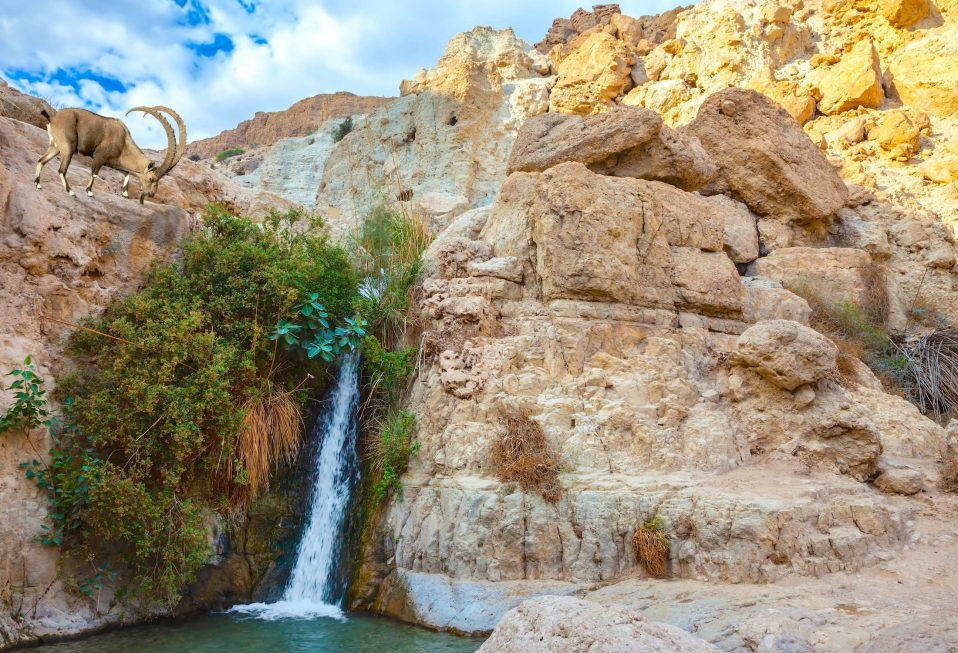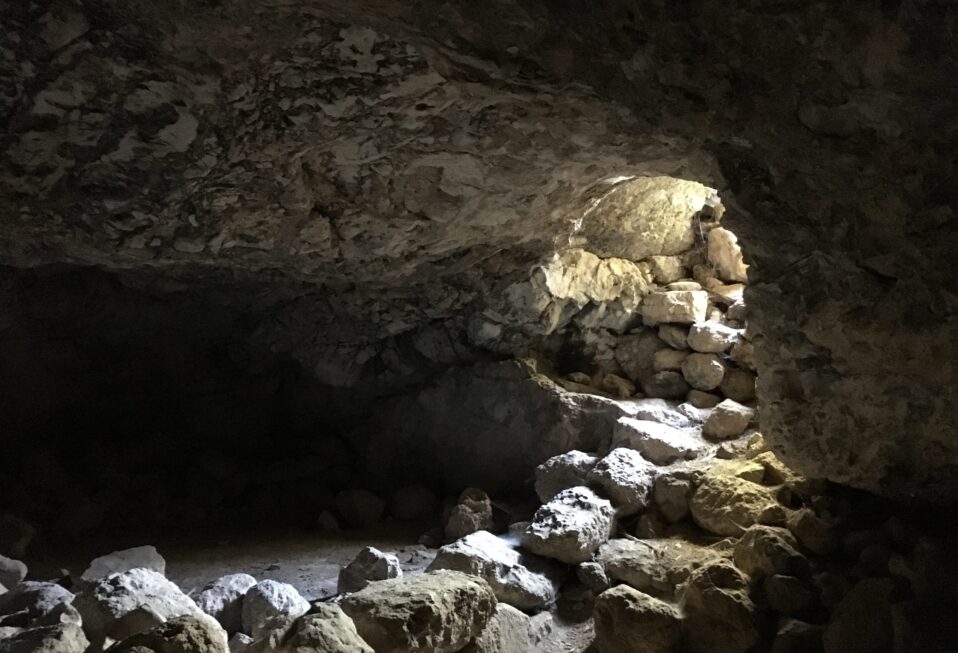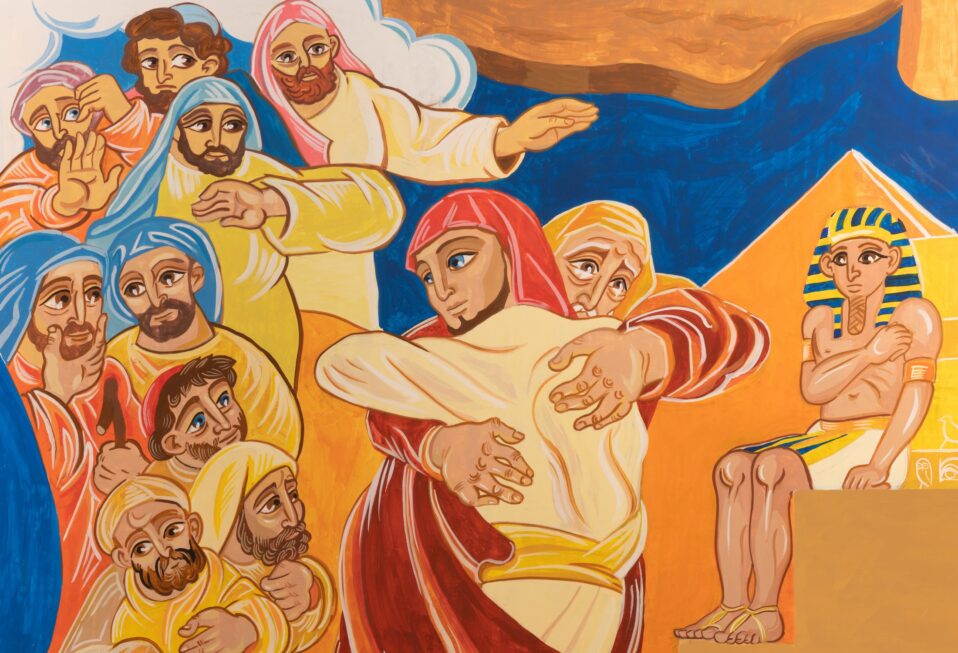By Stephen Faircloth
High above the Mediterranean coastline, the limestone ridge of Mount Carmel stretches like a natural stage, connecting the highlands of Samaria to the eastern sea. Fertile and green, it receives generous rainfall most of the year and has long symbolized agricultural abundance in the Bible.
But Carmel is remembered not just for its beauty. It is remembered for a decisive moment when God’s people were called to choose.
“If the Lord is God, follow Him. But if Baal, then follow him” (1 Kings 18:21).
Elijah the prophet stood on this very ridge and called for a confrontation. The people of Israel had turned away from God during the reign of King Ahab. In their fear of drought and desire for prosperity, they sought help from Baal, the Canaanite storm god, hoping he would bring the rain.
The fertility, precipitation, and location of Mount Carmel play a key role in the story of Elijah and the prophets of Baal. Agriculture in the land of Israel proved difficult in the ancient world. The people depended solely upon God for rain to water their fields and crops due to the topography of the land (see Deuteronomy 8; 11:10-20).
Mount Carmel was a fitting battleground. It was not only a high place often associated with pagan worship, but it also sat near the Phoenician region where Baal worship was born. The land itself, lush and well-watered, seemed to testify to Baal’s influence. But God was about to set the record straight.
The drought had not been an accident. According to God’s covenant in Deuteronomy, Israel’s disobedience would result in the heavens being shut. Their spiritual dryness was reflected in the parched ground beneath them.
Elijah proposed a simple test. The god who answered with fire would prove himself to be the true God. Baal’s prophets called on him all day, but there was only silence. Then Elijah called on the Lord, and fire fell from Heaven. The sacrifice was consumed completely. The people fell face down and cried out, “The Lord, He is God.”
Shortly after, the skies broke open and the rain returned.
This moment on Mount Carmel was not just about power. It was about loyalty. The setting, the drought, the silence from Baal, and the fire from Heaven all pointed to one truth. Only God is worthy of trust and worship.
Are there areas in your life where you are looking to something other than God for security or provision? Elijah’s question remains for each of us. If the Lord is God, will we follow Him?
Stephen Faircloth is the President of CBN Israel, an initiative dedicated to sharing the true story of the Jewish nation and inspiring a global community of Christians to stand with Israel and support her people in need. Our vision is to reshape the global conversation about Israel by fostering understanding, hope, and healing between Jews and Christians around the world. For more than 50 years, the Christian Broadcasting Network has supported Israel. By joining CBN Israel, you become part of this enduring legacy, transforming lives today and strengthening Christian support for Israel for generations to come.


